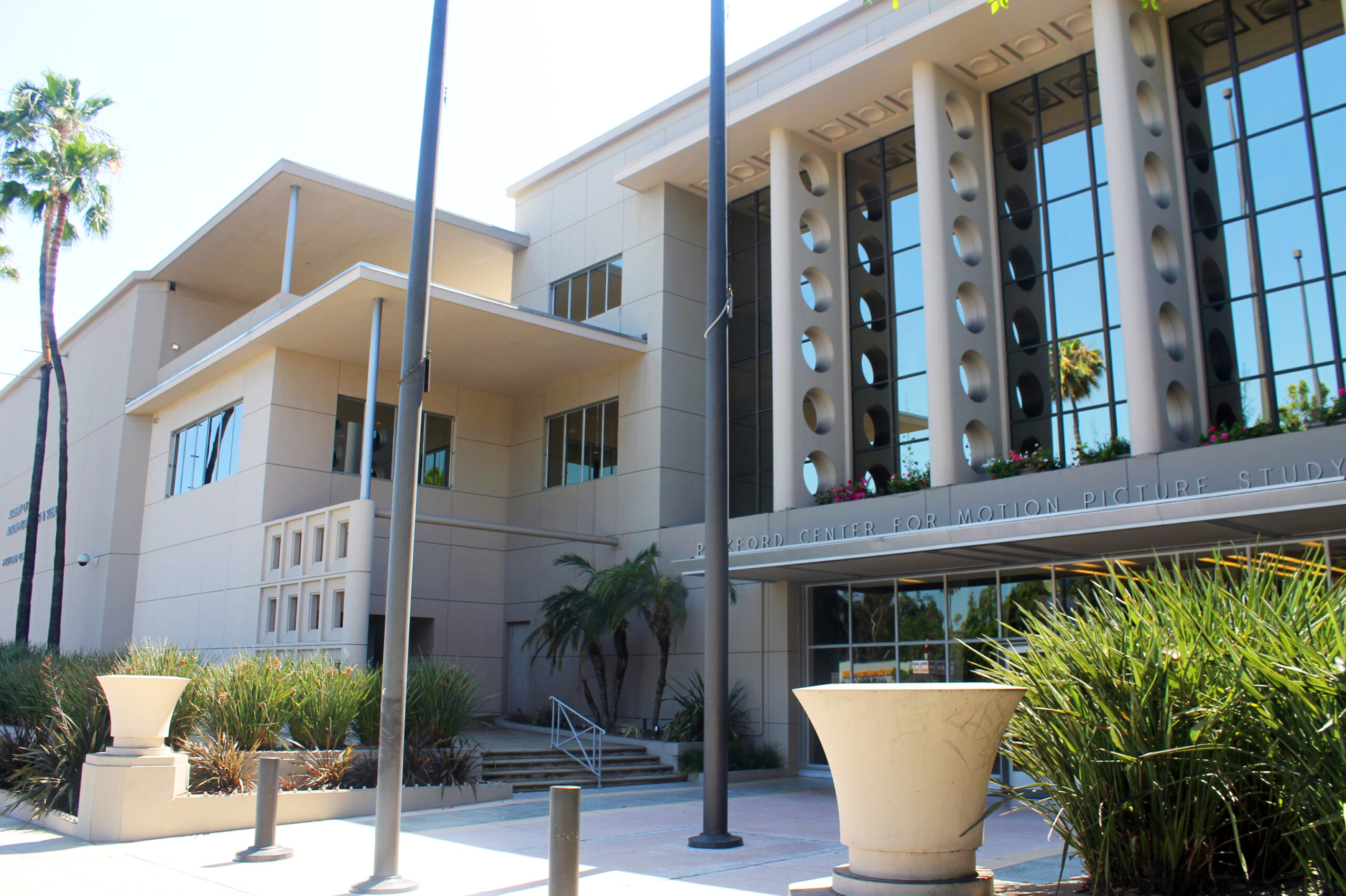Architect
Claud Beelman
Claud Beelman (1884-1963)
Few architects have left an impression on downtown Los Angeles as broad and lasting as Claud Beelman. One of the leading architects of the Art Deco and Moderne movements on the West Coast, he helped bring a city from the Beaux-Arts styling of the previous century to the forefront of twentieth-century design.
Born in Bellafontaine, Ohio in 1884, Beelman received the Harvard Scholarship to study architecture in 1905. He worked on the East Coast and in the Midwest before arriving in Los Angeles in 1921.
He formed a partnership with Aleck Curlett, son of noted San Francisco architect William Curlett. The firm of Curlett and Beelman designed many buildings in the prevailing styles of the early twentieth century, from Beaux Arts to Italian Renaissance and Romanesque Revival. Their early projects include the Barker Bros. Building (1925), Roosevelt Building (1925), Elks Lodge (1925), Pershing Square Building (1924), and Heinsbergen Decorating Company studio (1925).
In the late 1920s, while still partnering with Curlett, Beelman began designing on his own. He departed from the Beaux-Arts buildings that filled the downtown cityscape and injected fresh Art Deco and Moderne designs. His important designs of this period include the Sun-Realty Building (1931), Ninth & Broadway (1930), and the Garfield Building (1928-29). He is best known for one of the most beloved buildings in Los Angeles, the brilliant, turquoise Eastern Columbia Building (1930).
After World War II, Beelman embarked on yet another path, embracing Modern design. His work in the 1950s and 1960s featured sleek office buildings with clean lines, new materials, and a clear eye toward the future.
Now called Central Plaza, Beelman’s original Tishman Plaza was a group of three contemporary buildings on Wilshire Boulevard built to attract other corporate giants to Los Angeles. Beelman also designed downtown’s Superior Oil Company headquarters (1955, now the Standard Downtown Hotel), Westwood’s Occidental Petroleum building (1962, which now houses the UCLA Hammer museum), and Union Bank Center in mid-Wilshire (1963, later Getty Oil headquarters and now The Mercury condominiums).
Beelman died in 1963, immersed in creating Modern buildings that helped define postwar Southern California. In 2023, he was posthumously awarded an Honorary Doctor of Architecture Degree from Woodbury University.
Related Places
-

Place
Firestone Tire and Rubber Plant
-

Place
Occidental Petroleum Building/UCLA Hammer Museum
-

Place
Woodbury College (Demolished)
-

Place
Central Plaza
-

Place
Firestone Tire and Rubber Plant
-

Place
Occidental Petroleum Building/UCLA Hammer Museum
-

Place
Woodbury College (Demolished)
-

Place
Central Plaza
-

Place
Farmers Insurance Building
-

Place
The Mercury
-

Place
Harbor Building
-

Place
Ninth and Broadway Building
-

Place
Los Angeles Jewelry Center
-

Place
The Delphi
-

Place
Garfield Building
-

Place
Eastern Columbia Lofts
-

Place
Pickford Center for Motion Picture Study